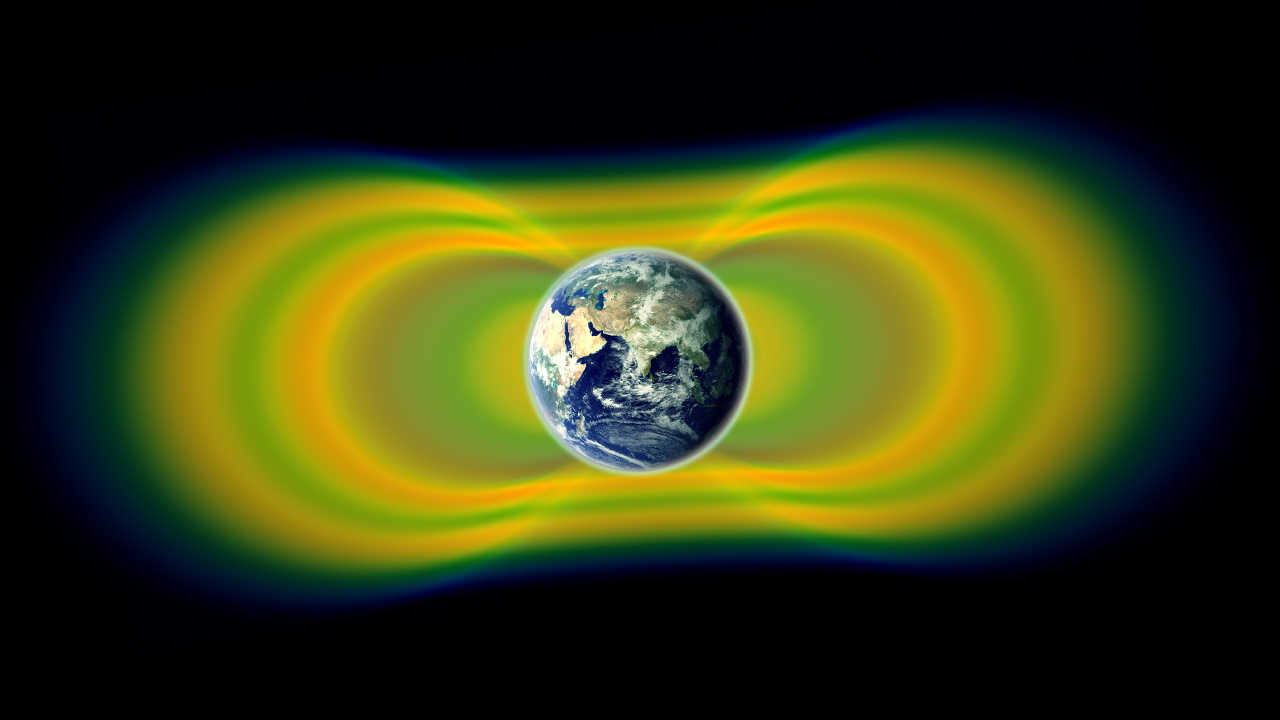
Radiation is extremely harmful to living beings. Exposure to radiation can cause damage to the molecules of life. DNA strands can either break or get mismatched. The proteins made from this DNA may even have their structures altered. This can cause harmful heart-related diseases, cancer, or even death in humans. The surface of the Earth and the International Space Station is protected by Earth’s magnetic field which blocks out most of the radiation coming from space. Humanity is looking forward to long term space travel and going far beyond the Earth’s radiation belt. But before we take this step we need to understand the impact of radiation on astronauts’ health.
Scientists at NASA Ames Research Center are launching the BioSentinel mission, a briefcase-sized satellite that will revolve around the Sun for 6 to 12 months. The satellite will carry budding yeast (Saccharomyces cerevisiae) that will act as a type of biological “sensor” that will tell researchers about the effects of deep space radiation on different cells and their respective responses.
The payload contains cards that have tiny wells in them to carry two different varieties of the dried yeast: the type found in nature, which can tolerate some amount of radiation, and a genetic mutant type of yeast (rad51) that cannot repair its own DNA like regular yeast and is much more sensitive. The cards can be activated by pumping a nutrient solution into them to feed the yeast, and the growth and metabolism of both the yeast varieties can be measured. To do so, the yeast will be stained with alamarBlue®, a dye that changes colour based on yeast’s metabolism. A sensor will then detect the colour change and give us information about the growth of yeast cells. There are also sensors to measure the amount of radiation present. The results obtained will be relayed to the ground for further interpretation.
Scientists chose yeast for this long-term mission because yeast and human cells are pretty similar in how they repair damaged DNA. But, yeast cells possess a property known as anhydrobiosis (anhydro = “without water” and biosis = “life processes”) that allows them to pause their metabolic activities in the absence of water and resume once it is available. Human cells do not perform anhydrobiosis. These properties make yeast an ideal organism for long-term biological missions.
For missions to other planets or moons in the solar system that may last longer than a few months – or maybe even a few years – yeast cells need to be dried and stored until they are re-hydrated for the study. In this process, they face a lot of stress on their membranes which may even kill them. In order to tackle this difficulty, yeast cells use a sugar called trehalose, which transforms another substance in the cell into something similar to glass. This helps to save sensitive molecules. Several tests were done to determine the best method to dry and store yeast cells. Air drying yeast cells in 10% trehalose and storing them at 5°C (or 41°F) can preserve the cells for around two years!
SLS Artemis 1, the rocket that will carry BioSentinel, is scheduled to launch later this year. This is NASA’s first biological mission to cross the Earth’s radiation belt after almost half a century. The results obtained from this study will help us understand the effects of space radiation on biology and eventually help us plan long-term human exploration missions.
"bread" - Google News
November 09, 2020 at 08:00PM
https://ift.tt/32rDdnQ
The same yeast in bread can help humans explore space! - Sciworthy
"bread" - Google News
https://ift.tt/2pGzbrj
https://ift.tt/2Wle22m
Bagikan Berita Ini















0 Response to "The same yeast in bread can help humans explore space! - Sciworthy"
Post a Comment